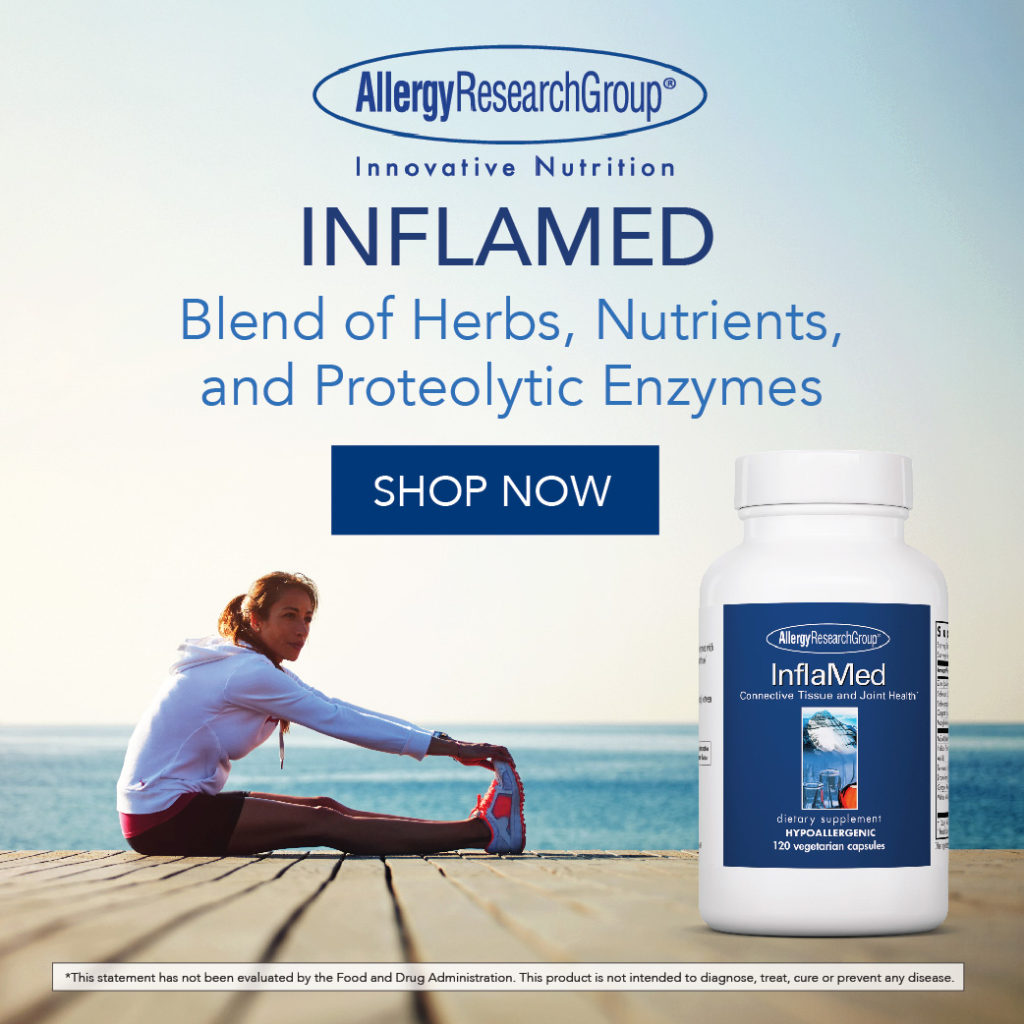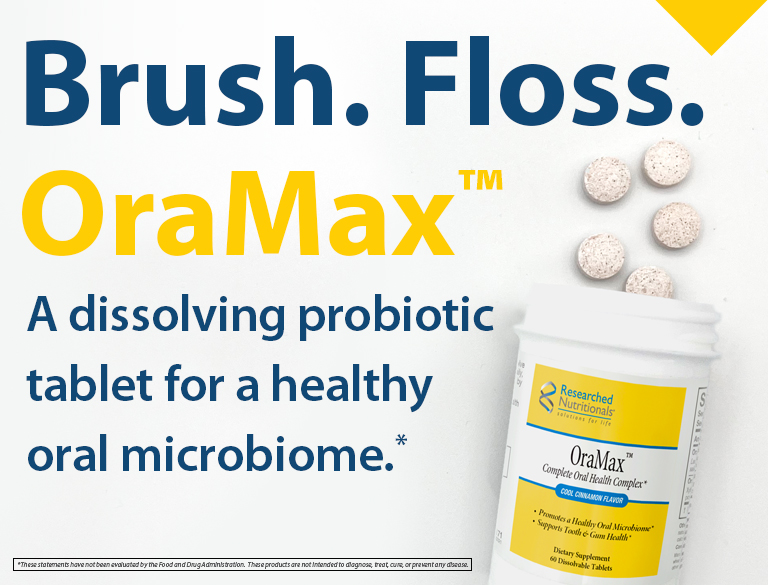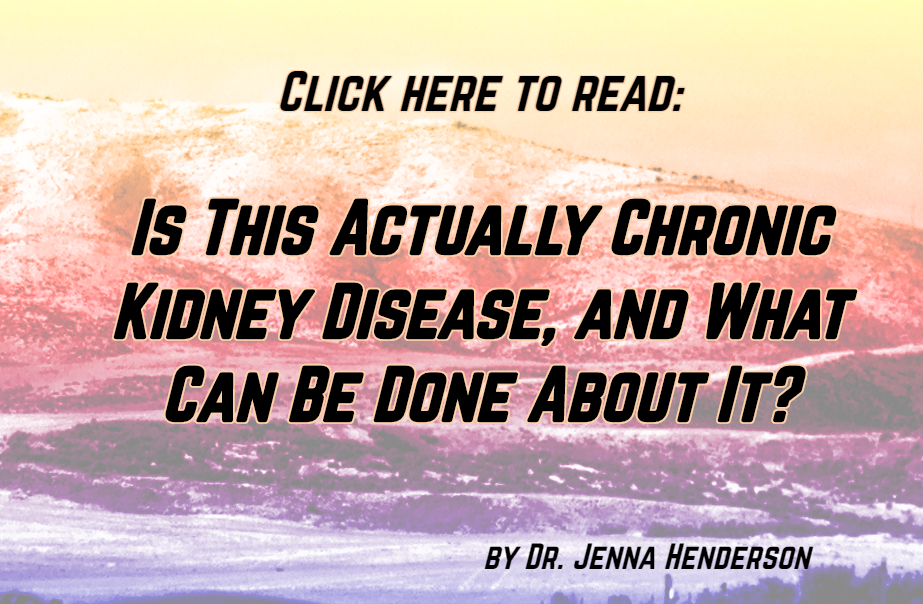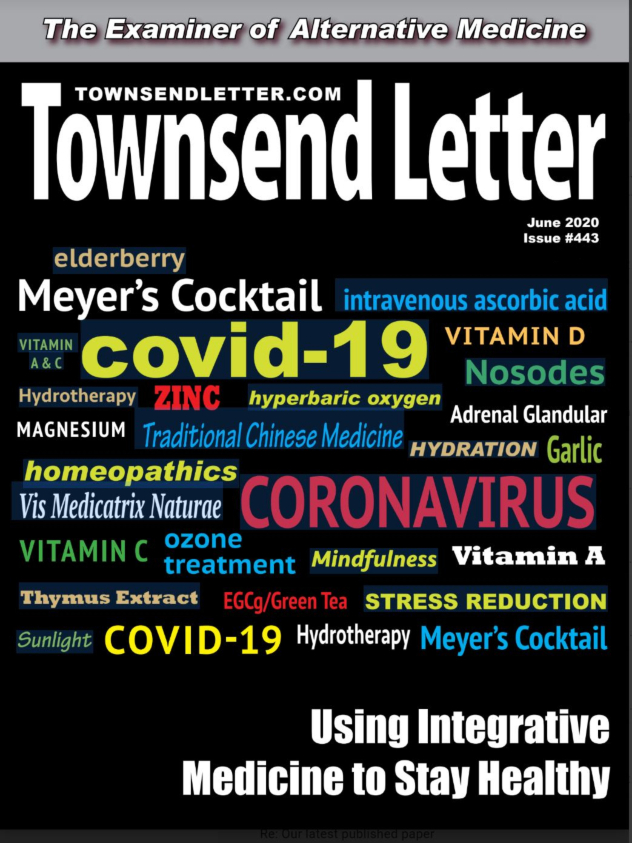#443
Preventing Epidemics with Homeopathy
In late January, as the COVID-19 epidemic in China was making headlines, India’s Ministry of AYUSH (Ayurveda, Yoga and naturopathy, Unani, Siddha, and Homeopathy) suggested some preventive measures that included the usual hygiene recommendations (handwashing, avoiding those who are sick, etc), Ayurvedic medicines, Unani (traditional Arabic medicine) herbals, and homeopathy. Specifically, AYUSH recommended Arsenicum alba 30C, one dose taken for three days on an empty stomach as a preventive measure that was to be repeated in a month. Arsenicum is a common remedy for flu and pneumonia characterized by fever and chills, profuse discharge from the eyes and nose, great prostration, irritability, and anxiety. It was the primary homeopathic remedy used to treat H1N1 (swine flu) patients in India’s 2009 epidemic. Although, at this point, it is still unknown if Arsenicum is the remedy that best matches the symptoms of COVID-19 (i.e., the genus epidemicus), taking it would do no harm—and might help. Critics of homeopathy assailed AYUSH for its recommendation.
Using homeopathy as a preventive measure during epidemics (aka homeoprophylaxis) has a long history. During a scarlet fever epidemic in 1799, Dr. Samuel Hahnemann, who developed homeopathy, began giving Belladonna, the homeopathic treatment for the disease, to people who were exposed but had not yet developed symptoms. Other doctors followed his lead and found that disease incidence greatly decreased in those who received Belladonna prophylactically—a finding that led to the Prussian government’s order in 1838 to use it as a preventive in all scarlet fever outbreaks. More recently, health agencies in Brazil, Cuba, and India have published research that shows homeopathic remedies or homeopathic nosodes, used as preventives, can decrease morbidity in a range of epidemic diseases, including leptospirosis, dengue, malaria, and influenza. Nosodes are homeopathic (i.e. highly diluted) preparations made from cultures or clinical samples that contain pathogens, parasites, or diseased tissue.
A Cuban study looked at the effect of giving a nosode made from four inactivated bacterial strains of Leptospira on 2.3 million people at risk for contracting leptospirosis in 2007-8. The bacteria, found in the urine of domestic and wild mammals, are transmitted via contact with mucus membranes and open sores. It is a serious problem in largely agricultural, developing nations during rainy/flooding seasons when the bacteria is more likely to enter the water supply. Cuban health personnel distributed two oral doses of the nosode (200C, then 10M given 7 to 9 days after the first) to residents who were at especially high risk. The rest of the population (8.8 million) did not receive the nosode. Despite increased rainfall (and risk of disease) in the intervention area, “the annual number of cases decreased by 84%” over the next year; leptospirosis increased by 21.7% in the population that did not received the nosode. Golden and Bracho explain that a leptospirosis vaccine for people over 15 years has been part of Cuba’s vaccine program since 1998, and chemoprophylaxis was also available to all inhabitants. Neither of these measures could account for the difference in outcome. They write, “The Cuban experience with homeoprophylaxis against leptospirosis has been and remains a very positive one. It has given rise to further government-directed immunization against hepatitis A, swine flu, pneumococcal disease, and dengue fever using homoeoprophylaxis.”
The Brazilian Public Health System in Petropolis conducted a randomized, triple-blind, placebo-controlled study from April 2009 to March 2010 on the use of homeopathic medicines to prevent flu and acute respiratory infections (ARIs) in 600 children, age 1-5 years. (Changes in residence and health insurance produced a dropout rate of 26%; 445 completed the study.) One group received InfluBio, a nosode made from an infectious strain of H3N2 influenza A virus; in vitro research showed that this nosode stimulated macrophage cells and increased the release of tumor necrosis factor. The second group received a homeopathic complex, composed of inactivated influenza virus and Streptococcus and Staphylococcus bacterial strains; this complex has been “traditionally used” to prevent acute respiratory infections. The third group received the vehicle for the homeopathic medicines (30% ethanol), so all three preparations appeared and tasted the same. The patients, their guardians, physicians, health agents, and researchers who performed the data analysis were all blinded to treatment allocation. The researchers compared the number of flu infections and ARIs for each group that occurred during the one-year study. Children receiving either homeopathic nosode displayed symptoms of flu or ARI within the first month after treatment but were otherwise free of ARIs; there was no statistically significant difference between the two homeopathic nosodes. In contrast, those receiving the placebo developed ARIs in the second and third month after treatment. The authors say, “In the first year post-intervention 46/151 (30.5%) of children in the placebo group developed 3 or more flu and acute respiratory infection episodes, while there was no episode in the group of 149 children who used Homeopathic Complex, and only 1 episode in the group of 145 (1%) children who received InfluBio.” The authors added that the homeopathic medicines were less expensive than conventional medications and caused no adverse effects.
The US-based National Center for Homeopathy reports (as of April 13, 2020) that homeopathic treatment data from homeopaths worldwide is being compiled and analyzed in order to identify a genus epidemicus for COVID-19. Data from Europe indicates that Bryonia 200C or Gelsemium 200C, taken every five days, may be preventive for those at risk or on the front lines. A COVID-19 nosode has reportedly been produced (https://immunizationalternatives.com), but I found no information on its effectiveness or safety.
Cecchetto E. Homeoprophylaxis—Can You Believe It? Homoeopathic Links. 2015; 28(4).
Golden I, Bracho G. A Reevaluation of the Effectiveness of Homoeoprophylaxis Against Leptospirosis in Cuba in 2007 and 2008. J Evidence-Based Complementary & Alternative Med. 2014; 19(3):155-160.
New Coronavirus: All eyes on India. https://homeopathyplus.com/new-coronavirus-all-eyes-on-india/
Shelfield F. Homeoprophylaxis: Human Records, Studies, and Trials. Updated August 22, 2014. https://homeopathyplus.com/Homeoprophylaxis-Human-Records-Studies-Trials.pdf
Siqueira CM et al. Homeopathic medicines for prevention of influenza and acute respiratory tract infections in children: blind, randomized, placebo-controlled clinical trial. Homeopathy. 2015.
Regenerating Damaged Kidneys
An Israeli nephrologist, Prof. Benjamin Dekel, and colleagues have developed a technique that has the potential to restore lost kidney function. They have found a way to culture the kidney cells responsible for replacing dead or damaged cells into three-dimensional “kidney spheres.” In a 2020 Cell Reports article, the researchers explain that the 3-D nephrospheres (nSPHs), unlike previous 2-D cultures of human kidney cells, remain viable and have the ability to form renal tubular structures in vivo—at least in mice.

In one experiment, they injected seven-to-eight-day-old, cultured human nSPH cells into mice who had had 5/6 of their kidneys removed two weeks before. HLA staining at 48 hours and two weeks after implantation showed that the human cells had grafted onto the remaining kidney tissue: “Moreover, the cells were seen to generate engrafted renal structures.” As part of this study, the researchers evaluated kidney function by measuring creatine (Cr) levels in blood and creatine clearance (CrCL) levels in 24-hour urine samples before implantation and two weeks after each of the three nSPH injections; these levels were also measured at five weeks and at eight weeks after the third (final) injection. Measures after the second injection and all measures after the third injection “showed a significant decrease in blood Cr and an increase in CrCl” (Cr, p<0.0001 and CrCl, p=0.0002 at the final measurement).
A similar experiment was conducted with mice whose kidneys were damaged by cisplatin (injected on days 0 and 14), followed by removal of one kidney to simulate chronic renal injury. Like the earlier study, HLA staining showed “robust engraftment of nSPHs in the remnant kidney” and Cr remained “significantly blunted.”
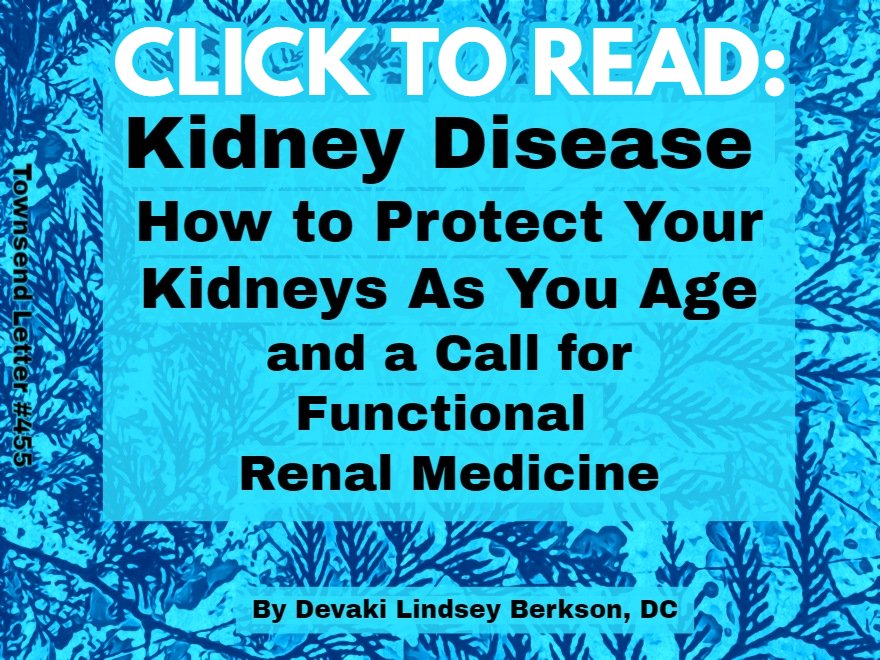
One out of three Americans, tens of millions of people, are at risk of kidney disease, which is often silent.
The nSPHs in these studies came from healthy human kidneys. Dekel and colleagues wanted to know if they could culture these regenerative cells from the kidneys of people with chronic kidney disease (CKD) and end stage renal disease (ESRD). They found that they could. Being able to form nSPHs from a person’s own kidney cells eliminated concern about immune rejection in upcoming human studies.
“A mere 5% change in renal function can differentiate between medical treatment in CKD stage 4 (20% remaining renal function) and dialysis in stage 5 CKD or ESRD (<15% remaining renal function),” the authors write. They do not expect this technique to make a kidney whole again, but they do have reason to believe that their nSPH cells can slow or prevent kidney deterioration and reduce the need for dialysis or kidney transplants.
Gan R. Will Dialysis Become a Thing of the Past? (press release) January 21, 2020.
Harari-Steinberg O, et al. Ex Vivo Expanded 3D Human Kidney Spheres Engraft Long Term and Repair Chronic Renal Injury in Mice. Cell Reports. January 21, 2020;30:852-869.
Gut Microbiota and Nonalcoholic Fatty Liver Disease
Do gut bacteria and the compounds they produce have a role in nonalcoholic fatty liver disease (NAFLD)? In a 2018 review article, Stefano Bibbò et al reviewed the literature that links intestinal dysbiosis with NAFLD and inflammation. NAFLD is characterized by abnormal triglyceride accumulation. In chronic NAFLD, inflammation and cell damage occur; and the result is nonalcoholic steatohepatitis (NASH). The authors point out that portal circulation takes everything absorbed from the intestinal tract directly to the liver. They found several links between dysbiosis and NAFLD in the literature. Studies have linked small intestinal bacterial overgrowth (SIBO) and increased intestinal permeability to abnormal fat deposits in the liver—although intestinal permeability and blood alcohol and endotoxin levels appear to be a greater factor than SIBO. Some gut bacteria, such as E. coli, produce ethanol.
Lipopolysaccharide (LPS), a component of Gram-negative bacteria, is known to activate Toll-like receptors (TLRs), which activate cytokines. Some TLRs (e.g., TLR4 and TLR9) “promote inflammation and liver fibrogenesis through the activation of Kuppfer cells and hepatic stellate cells.” Other TLRs (like TLR5 and TLR7) appear to modulate inflammation pathways and protect against damage.
In a comment on this review, Chinese researchers Xia Li and Feng-Lai Yuan point out that microbiota may contribute to NAFLD in ways other than TLRs and inflammation. They say, “…gut microbiota dysbiosis decreases choline metabolism and increases toxic methylamines, which causes the abnormal accumulation of lipids and inflammation in the liver….” Gut microbiota also affect bile acid metabolism. The Chinese researchers state that measures—such as probiotic use, antibiotic treatment, fecal microbiota transplants, and diet changes—may stem the inflammation process in NAFLD that leads to liver injury. Bibbò et al responded that probiotic treatment improved clinical outcomes and reduced inflammation markers in overweight and lean people with NAFLD. Both sets of authors agree that more and larger studies are needed to investigate modulation of gut microbiota as a possible therapy for NAFLD.
Bibbò S, et al. Gut Microbiota as a Driver of Inflammation in Nonalcoholic Fatty Liver Disease. Mediators of Inflammation. 2018.
Bibbò S, et al. Response to: Comment on “Gut Microbiota as a Driver of Inflammation in Nonalcoholic Fatty Liver Disease.” Mediators of Inflammation. 2018.
Li X, Y F-L. Comment on “Gut Microbiota as a Driver of Inflammation in Nonalcoholic Fatty Liver Disease.” Mediators of Inflammation. 2018.
Social Distancing Option
Physical distancing—even lockdowns that quarantine healthy, at-risk, and exposed alike—have become a normal part of life in many countries that are dealing with the COVID-19 epidemic. As researchers at Harvard’s T. H. Chan School of Public Health explained in late March, the main purpose of physical/social distancing is to prevent illness and infection in too many people at the same time, which would make it difficult (if not impossible) for critical-care units and hospital personnel to care for them.
As I write this in mid-April, some governors are voicing the intention that social distancing be kept in place until a vaccine is available so that herd immunity can be attained. The Harvard researchers say, “The problem…is that while strict social distancing may appear to be the most effective strategy, little population-level immunity is developed to a virus that is very likely to come around again.” They suggest that social distancing measures be relaxed when cases fall to a certain level and then be reinstated if disease incidence rises to a level that compromises the health care system.
“Depending on seasonality, the models show that social distancing occurring between 25 percent and 75 percent of the time would both build immunity and keep the health care system from overloading,” writes Harvard staff writer Alvin Powell. “As time passes and more of the population gains immunity, [the researchers] said, the restrictive episodes could be shorter, with longer intervals between them.” With increased population immunity, the virus will eventually have an impact similar to colds, flu, and other contagious illnesses that regularly circulate through populations.
Several factors affect how long such “intermittent” social distancing would remain in place, including whether COVID-19 is a seasonal or year-round ailment, the discovery and use of effective treatments to lessen severity and mortality, increased hospital capacity, effective case identification and ability to trace patients’ contacts, and access to a safe and effective vaccine. According to the Harvard model and with what is known at this point, the Harvard researchers say the epidemic would be over sometime in Fall 2020 if we stopped all social distancing now; but if we did stop, health care systems would be overwhelmed, and patients would have less access to live-saving care. Their model aims to maintain adequate health care and promote population-wide immunity.
Powell A. On-again, off-again looks to be best social-distancing option. The Harvard Gazette. March 27, 2020.
By Jule Klotter

